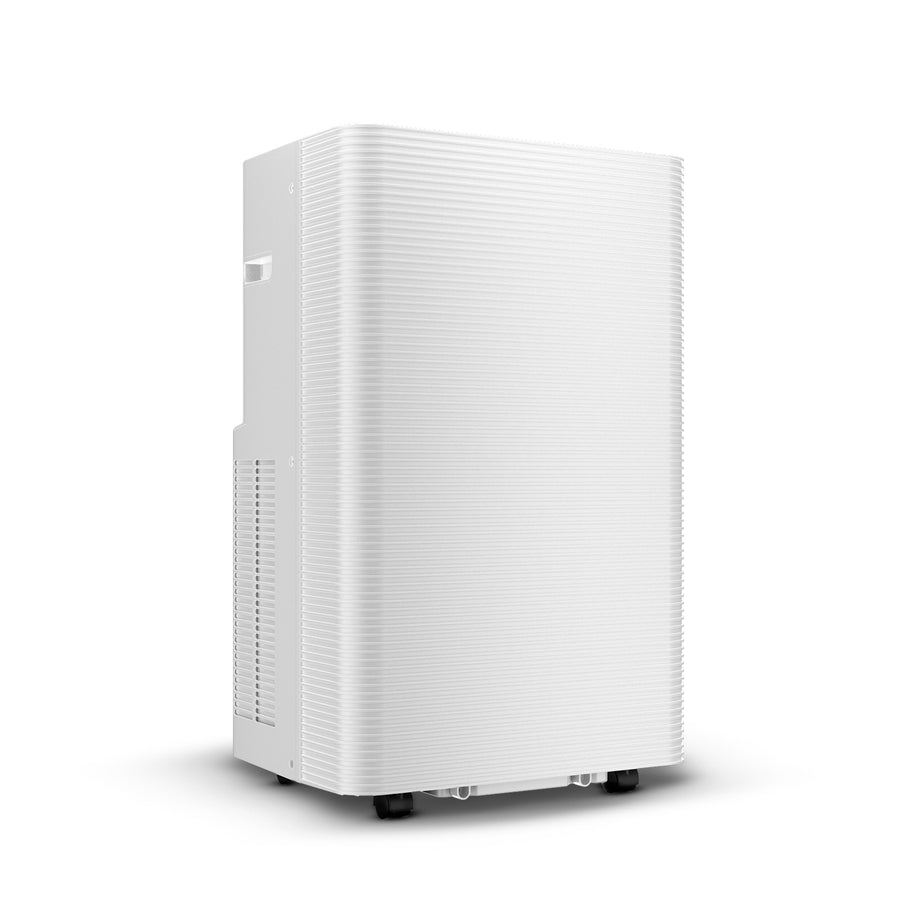The concept of air conditioning dates back to ancient civilizations, but the evolution into what we know today as the portable air conditioner began much later. Initially, air conditioning was a luxury for the wealthy and industrial settings, relying on large, fixed systems that were impractical for widespread home use. The development of smaller, more versatile units was necessary to bring cooling comfort to the general public, paving the way for the advent of portable air conditioning solutions.
Breakthroughs in Modern Technology
The first major breakthrough in portable air conditioning technology came in the early 20th century, but it wasn’t until several decades later that portable units became accessible to homeowners. In the mid-20th century, advancements in compact compressor and cooling technologies allowed manufacturers to create smaller, more efficient units. These innovations made it feasible to produce the first genuinely portable AC units—self-contained systems that could be moved from one room to another without permanent installation.
The Rise of Portable Air Conditioners
As technology progressed, so did the popularity of portable air conditioners. The late 20th and early 21st centuries saw a surge in demand for these units due to their convenience and efficiency. Unlike traditional window units, portable air conditioners do not require complex installation, making them ideal for people living in rental properties or homes without suitable windows. The portability factor also meant that users could target specific areas of their home for cooling, which proved to be energy-efficient and cost-effective.
Technological Enhancements and Consumer Demand
With the rise in popularity, manufacturers focused on enhancing the functionality and user-friendliness of portable air conditioners. Modern units come equipped with features such as remote controls, programmable timers, and multi-functional capabilities (like dehumidifiers and air purifiers). These enhancements have not only improved the basic cooling function but have also catered to a broader range of climate control needs, further driving consumer demand.
Environmental Considerations and the Future
Today, the focus has shifted towards making portable air conditioners more environmentally friendly. With global awareness of climate change and the impact of refrigerants on the environment, newer models are designed to be more energy-efficient and use refrigerants that have less impact on global warming. This eco-friendly shift is shaping the future of portable air conditioning technology, with innovations aimed at reducing power consumption and incorporating sustainable materials.
Portable Air Conditioners in Modern Living
The role of portable air conditioners extends beyond merely providing relief from the heat. In the modern home, they represent flexibility and adaptability—qualities increasingly required in today’s dynamic living situations. Whether it’s moving from room to room, adjusting to different living spaces, or accommodating the unpredictable climate, portable air conditioners have proven to be an indispensable tool in contemporary home management.
Conclusion
The evolution of portable air conditioners from luxury items to essential household appliances highlights a significant development in our approach to personal comfort and energy efficiency. As we continue to embrace technological advances, the portable air conditioner remains a testament to innovation in response to consumer needs and environmental responsibility. For those interested in exploring a wide range of portable air conditioning solutions, UKOKE.COM offers a variety of options that cater to both individual and environmental considerations, ensuring that your cooling needs are met without compromising on efficiency or eco-friendliness.
